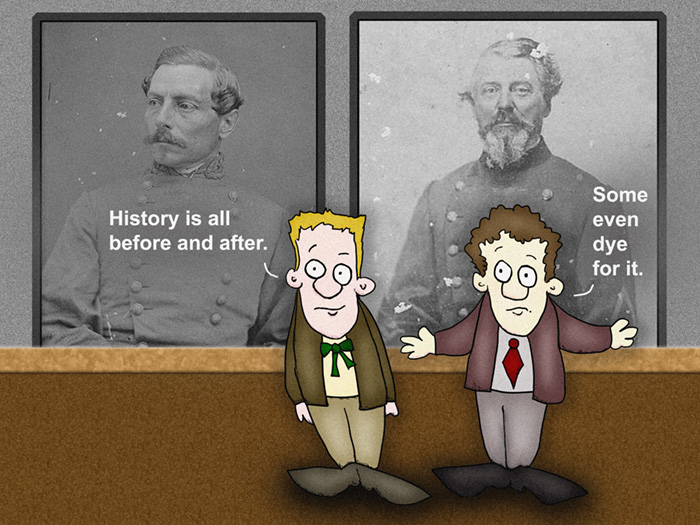Many of you know that we used to live in Charleston. It is a city with a bit of magic mixed in, especially if you love history and if you love to eat. The restaurants packed in that town are phenomenal.
Yet, I mentioned the history first. There are a lot of stories, filled with incredible moments, lingering on those streets. In particular? We lived on Meeting Street, which is the main thoroughfare through the downtown area, as it was plotted so many hundreds of years ago.
Those very first town meetings would happen on Meeting Street.
A funny thing about living there was that we saw a lot of tourists. Heck, I was a tourist in my own town, truth be told. But I got to know the city very fast when we first moved there. The streets, the layout, the history. I always knew my whereabouts on many different levels.
Anyway, we walked everywhere, and invariably, we would pass tourists on the streets, typically a male and female couple, with or without kids. So many times they would be in a big, emotional, panicky argument. It was always the same. They couldn’t find their car. In Charleston, it is likely you will have to park on the street. So people would try to remember their spot by sighting landmarks, like “The big old house with two chimneys, near the water.” Well. In Charleston, all the houses are big and old, with two chimneys. And if you live downtown, you are not far from the water. The Cooper River runs on one side, the Ashley River on the other, and they converge into the Charleston bay.
Typically, there was no helping those people.
That bay, that water. There was a lot of history there too. Just off the shores of the Battery, a short boat ride away, lies Fort Sumter, the place where the Civil War officially started.
I won’t go into the details of that first battle. But as you can imagine, Charleston was a highly important city for the South’s control. It was one of the major ports and gateways into the South. As such, the military filled the town during the Civil War, and the generals and commanders would take up residence in some of the nicer homes near the Battery.
One of those men was P.G.T. Beauregard, a Confederate General. He was born on today’s date, May 28, 1818, near New Orleans, Louisiana.
P.G.T. Beauregard. As if one initial was not enough. In full, his name was Pierre Gustave Toutant Beauregard.
This guy’s credentials were impressive. He graduated from West Point in 1838 and served in the Mexican-American War from 1846 to 1848.
But then his dear Louisiana seceded from the Union in January of 1861. The loyal soldier of the United States Army had to resign from his command. Once the Civil War started, P.G.T. took up residence just a couple of doors down from our house, a century and a half before we came along.
He was one dapper fellow and very concerned with his handsome, dashing appearance. He kept his hair slicked back, along with a very neatly trimmed mustache and chin whiskers.
But he liked his hair black and would dye that hair to keep his fine appearance. He worked very hard to keep his hairy jelly coming to his front door. But a Union Army blockade stopped his hair dye from being delivered via the Port. Needless to say, he wasn’t very happy with his former employer.
At some point, he quit dying that hair, as older photos show him turning gray. But I used to love walking by that house and imagining the debonair general, sitting in front of his bedroom mirror, primping away.
And they say that heroes never dye.
=======
“If you don’t know history, then you don’t know anything. You are like a leaf that doesn’t know it is part of a tree.”
— Michael Crichton
==========
“The very ink with which history is written is merely fluid prejudice.”
— Mark Twain
==========
“The soul becomes dyed with the colour of its thoughts.”
― Marcus Aurelius, Meditations
==========
Generally speaking, the history of the street
